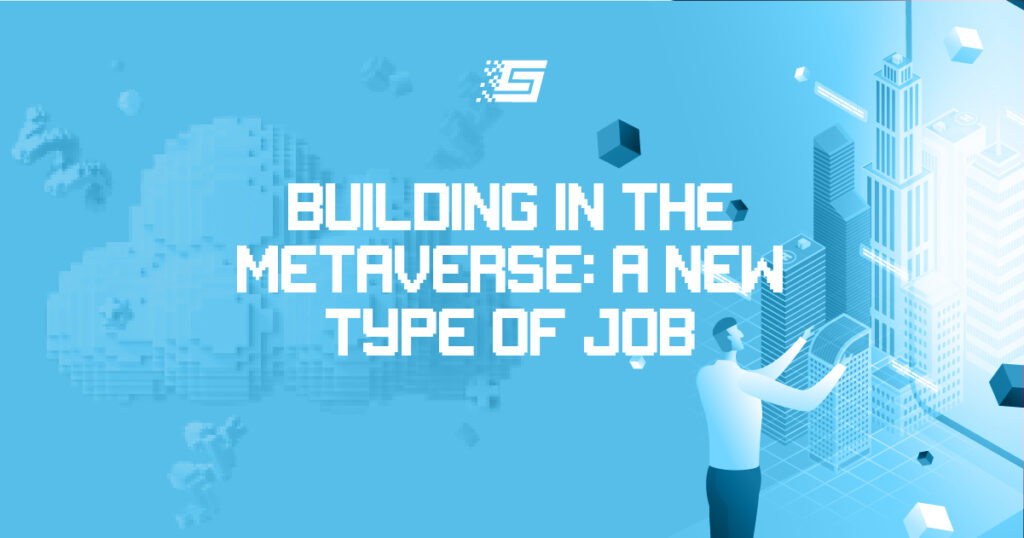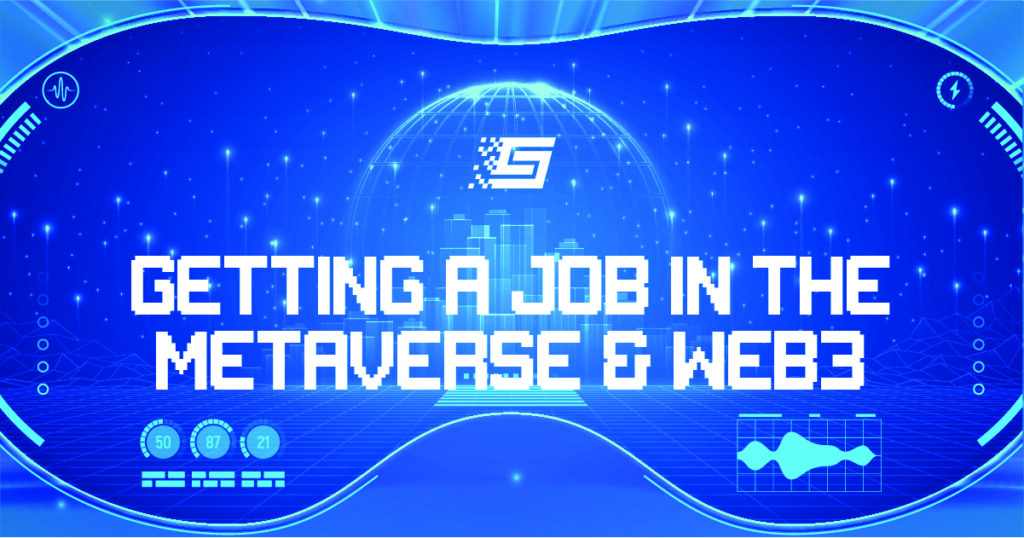5 Significant Barriers to the Metaverse
The term metaverse refers to an entirely digital life. Many predictions about this form of living have suggested that humans can work and even play in digital worlds. But such a world must be something we have not seen before. It has to be so immersive that users will occasionally forget it is an alternate reality when using the metaverse.
Everything must be in place to achieve the said narrative, and the companies involved must get it done correctly. However, that is yet to happen, as builders need first solve several barriers to the metaverse.
Virtual worlds have gone beyond 2D spaces; many now allow users to build whatever they want. Regardless, there are more critical hurdles that metaverse builders must cross for this technology to become widespread, like TV, email, and social media are today.
This article will consider five barriers to the metaverse that builders must address.
Hardware
Devices are a top priority when accessing the metaverse. Fully-immersive virtual worlds require special kinds of devices known as virtual reality headsets. Similarly, augmented reality devices are the best for accessing augmented environments that blend with the physical world.
Looking at the current versions of VR and AR headsets, it is obvious they are not versatile enough, and this is a barrier to the metaverse that builders cannot overlook. Why? One reason is that headsets cause motion sickness.
This condition is due to the latency of headsets caused by a slow processing rate or distortion in signals the brain receives. Remember, the human brain is complex and can process information in milliseconds. When the information the brain receives is distorted or at a slower rate than expected, it responds with motion sickness.
So, producers must figure out the best technique to create headsets with ultra-low latency. If this issue persists, people will find it hard to spend long hours in virtual reality worlds because they will end up with a headache or some unpleasant disorder.
On top of that, many headsets are not standalone. They require wired connections to a computer or console. The disadvantage of such a connection is that you can’t move freely in a room using those headsets. Additionally, the weight and cost of headsets are not consumer friendly. Until they become light as feathers, people won’t find headsets comfortable.
Speaking of cost, most devices related to the metaverse are pretty expensive for the average person. Today, only the Meta Quest 2 headset (which costs $400) sells below $500. The next to it is the HP Reverb G2, going for $600.
Interoperability of Virtual Worlds
The metaverse is a collective phrase suggesting that all virtual worlds are interconnected. Several descriptions of the metaverse state that it is like a digital universe where people can move seamlessly from one world to another.
Yet, interoperability is a metaverse barrier as there seems to be form of connection among existing metaverse platforms. For instance, it is not possible to teleport (so to speak) from The Sandbox to Decentraland or from Horizon Worlds to Roblox. In fact, it is currently impossible to use digital assets and NFTs created with The Sandbox VoxEdit on Decentraland (or vice versa).
So, regarding interoperability, virtual worlds have so much work to do. For example, metaverse builders might form a trade union or coalition with rules guiding how developers create virtual worlds. This rule will then set parameters that allow for interoperability and allow a user to port from one world to another.
User Privacy
Web services have top-notch security systems today. Yet, these systems and standards must become more versatile due to the metaverse’s nature. It might undermine users if virtual worlds adopt the same privacy and security policies that social media platforms use.
While most persons only post pictures and videos that they intentionally create on the internet, they will perform many involuntary activities in the metaverse. It is a digital space where humans can live as they do in reality, and people will say and do things they expect to keep private.
Thus, the privacy laws guiding metaverse platforms must become stricter. Otherwise, they may begin to collect and sell data relating to user biometrics, personal behavior and interests, eye-tracking details, etc.
Since there are no direct operations standards for virtual worlds, this might be a barrier to metaverse adoption. People would want to be sure that companies do not secretly collect or use any of the data mentioned above.
Differences in Laws and Jurisdiction
Government agencies can also become barriers to the metaverse. They might require solid assurance from virtual worlds that the metaverse will not become a ground for anti-government propaganda.
For instance, the Nigerian government once banned Twitter for some 7 months due to alleged anti-state movements. So, it would be no surprise if some countries restrict their citizen’s access to the metaverse.
Digital currencies and payment methods
Like the internet, the metaverse will also be a digital marketplace connecting buyers and sellers. Billions of people will love to buy goods in the metaverse, especially as virtual shopping becomes an immersive simulation of the physical experience.
But a payment system is also one of the barriers to the metaverse. With so many digital currencies, people will face confusion regarding the best currency to use.
Also, many might find it hard to adopt crypto payments in the metaverse because they are volatile currencies. Stablecoins that seem like better payment options can lose their pegs or get hacked.
Consequently, metaverse builders have another work to do here. They may choose to integrate existing traditional methods like debit cards and PayPal. Otherwise, they will need to agree on using one or a few digital currencies that are less risky and volatile for virtual commerce.
Concluding Thoughts
The most significant barriers to the metaverse are hardware design, user privacy, and interoperability. In the meantime, these are what experts perceive to be the problems the technology faces today. As the metaverse advances, keep in mind that solutions will most likely spring up, leading to widespread adoption.
At the same time, each new stage of advancement reveals new problems. So, companies that will grow to become metaverse giants must provide lasting solutions by putting together the pieces of available metaverse technologies.


